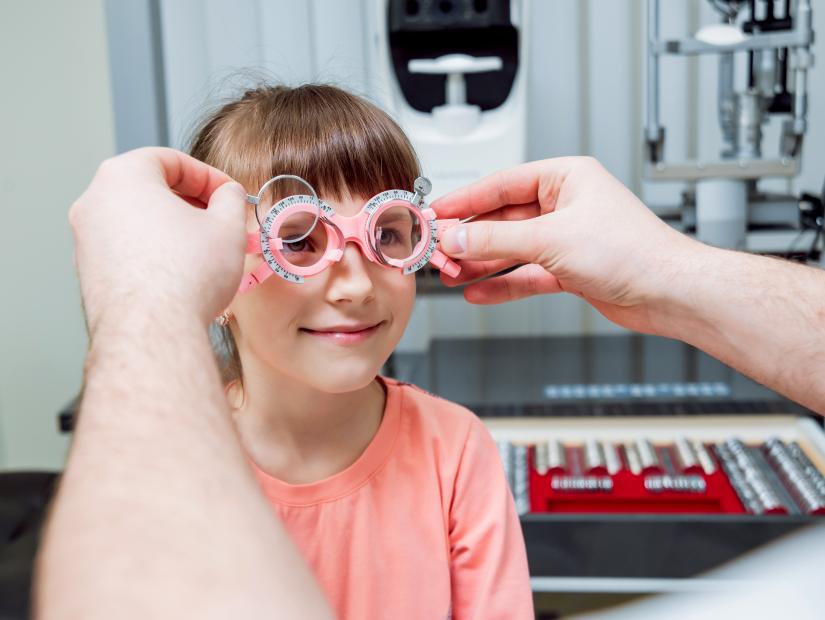Rates of Short-sightedness – or myopia – are climbing sharply around the world as children spend less time outdoors. UTS Head of Orthoptics Professor Kathryn Rose worked on the Sydney Myopia study last year, assessing the vision of 4000 school children.

The World Health Organisation has said short-sightedness, or myopia, already affects about 30 per cent of the world's population. That figure is expected to rise to 50 per cent by 2050 and researchers believe it will mainly be down to one factor —the amount of time children are spending indoors.
In Australia, myopia is projected to rise from around four million to a projected 22 million by 2050.
Myopia is a common eye condition, which develops when the eye becomes elongated. Light entering the eye focuses in front of the retina, and objects further away become harder to see.
The major concern for eye healthcare practitioners is for those who develop what is called “high myopia.”
"They are at much higher risk of having early onset glaucoma and cataract if they are a moderate myope," Professor Kathryn Rose, Head of Orthoptics at University of Technology Sydney, said.
"If they are a high myope they're at much higher risk of visual impairment and blindness."
Professor Rose worked on the Sydney Myopia Study in 2016-17, which assessed the vision of 4,000 school children.
"We don't have the same rates of changes as has been noticed in East Asia, but we have pockets of children who are much more likely to be myopic," she said.
"For instance if we go into academically selective schools, we will find that the rate of prevalence of myopia in those schools is very much higher than it is in the normal school population."
At first, it was thought the jump in non-genetic myopia must be due to children spending more time on electronic devices like smart phones and iPads.
But a growing body of researchers now agree that it is not the devices, but a related issue. Increased myopia is most likely caused by children spending less time outside.
"An eye that's myopic is an eye that's growing too fast, too quickly and what we are actually thinking may be occurring is that when children spend time outdoors they are getting enough release of retinal dopamine to actually regulate the growth of their eye," Professor Rose said.
"There have now been two trials, one in Taiwan and one in China that have actually shown that they can reduce the incidence of myopia in those populations by increasing time outdoors for children."
These findings raise the question: how much time outside is enough?
"There seems to be a general agreement that, say, somewhere between 10-15 hours a week outdoors is enough to prevent the development of myopia," Professor Rose said.
Eye professionals are calling for a government-backed campaign focusing on the importance of time outside (whilst maintaining sun safety recommendations).
“I think there is a public message here that yes, we can be smart and sun safe, but we also need to be outside,” Professor Rose said.
This article is adapted from an original article published by the ABC.
Find out more about studying Orthoptics at UTS.

